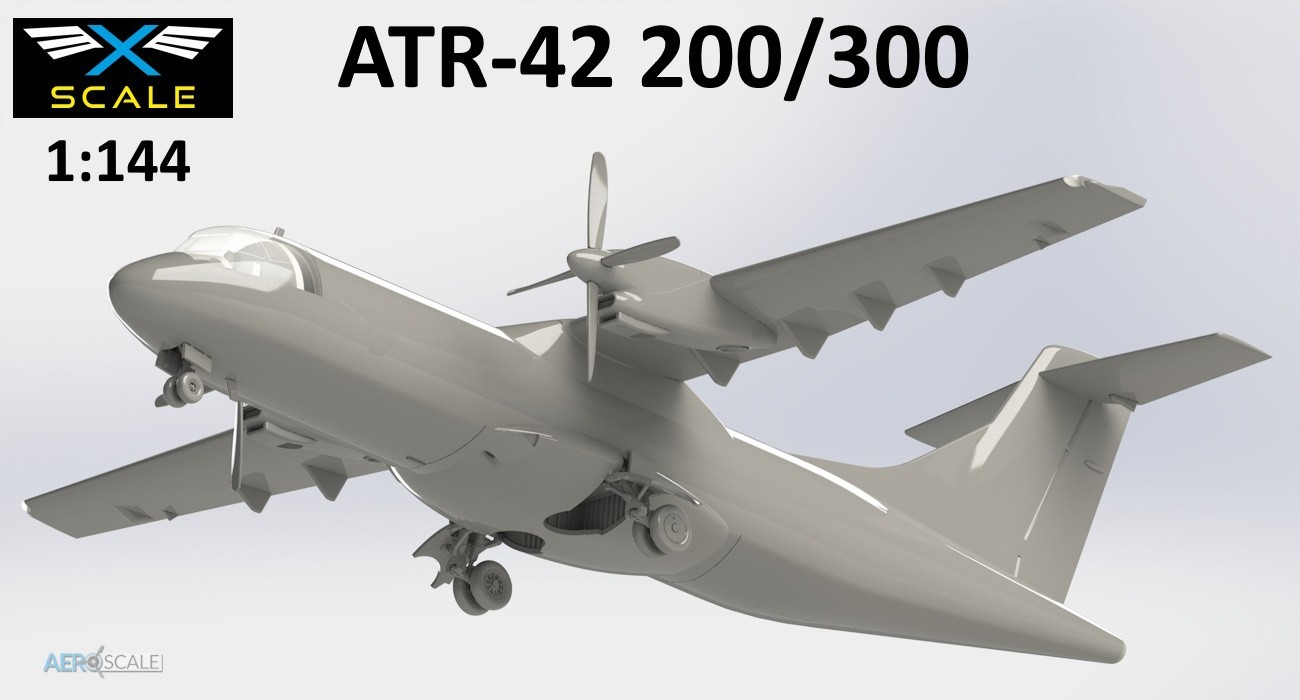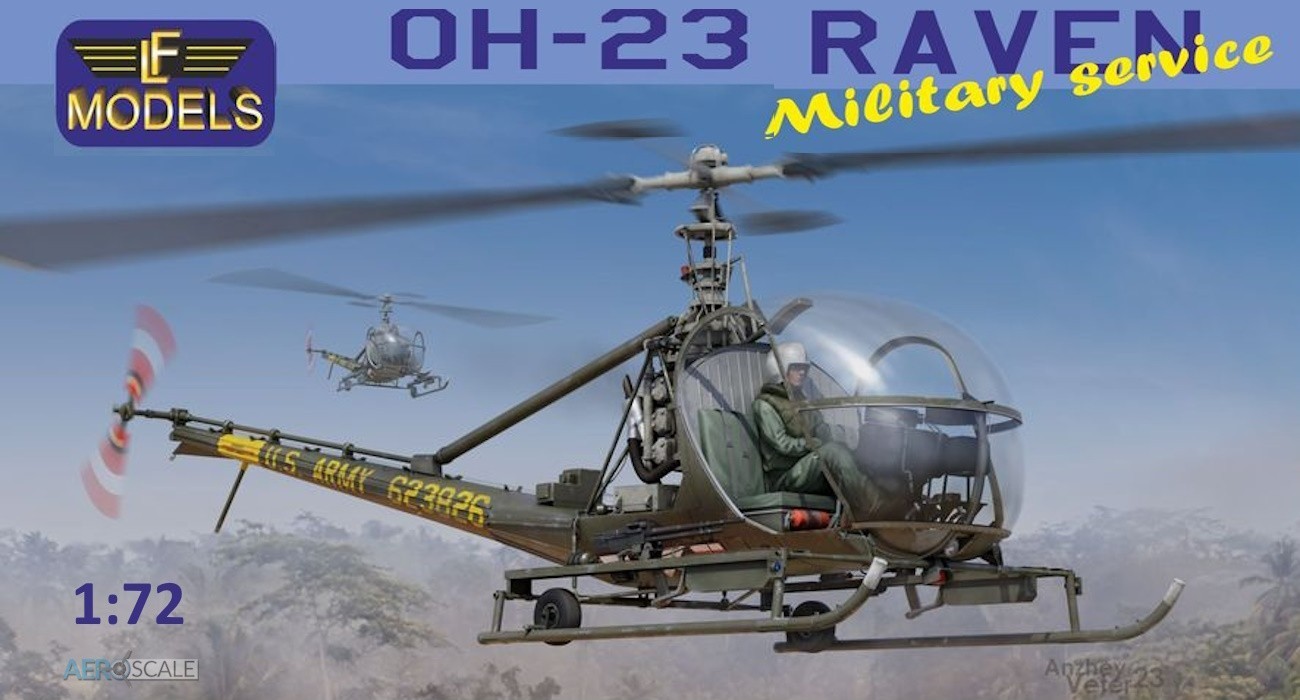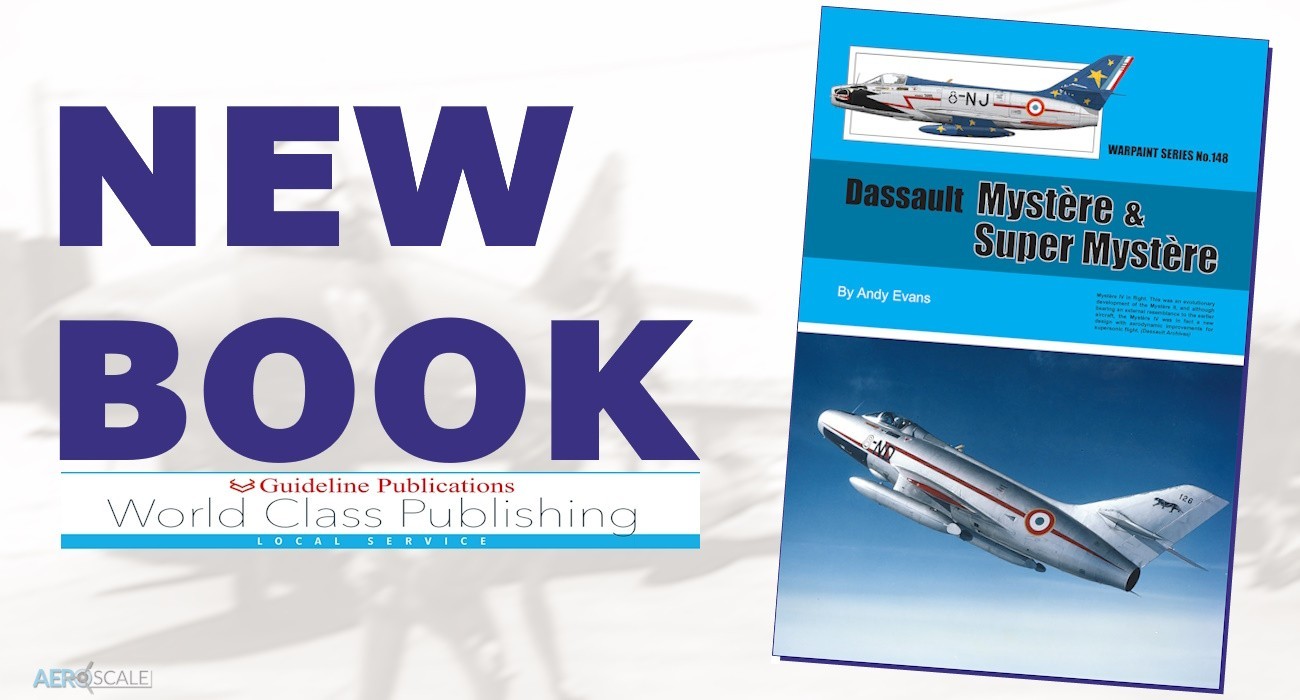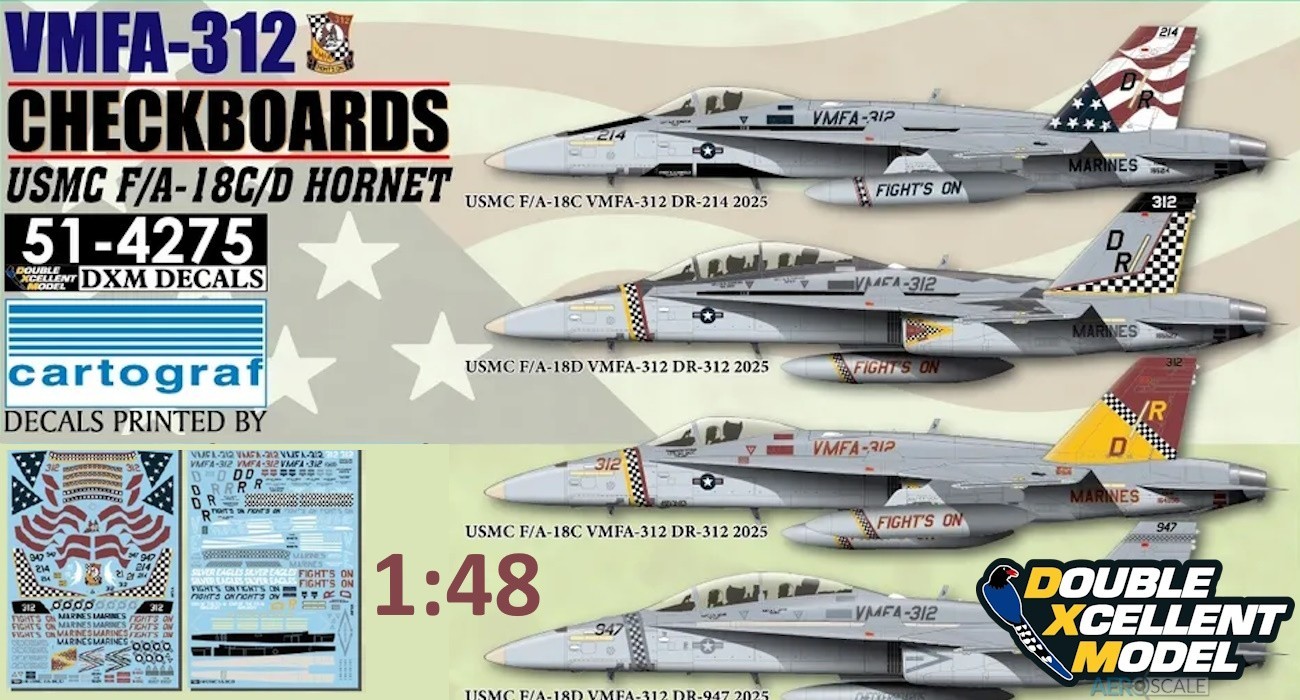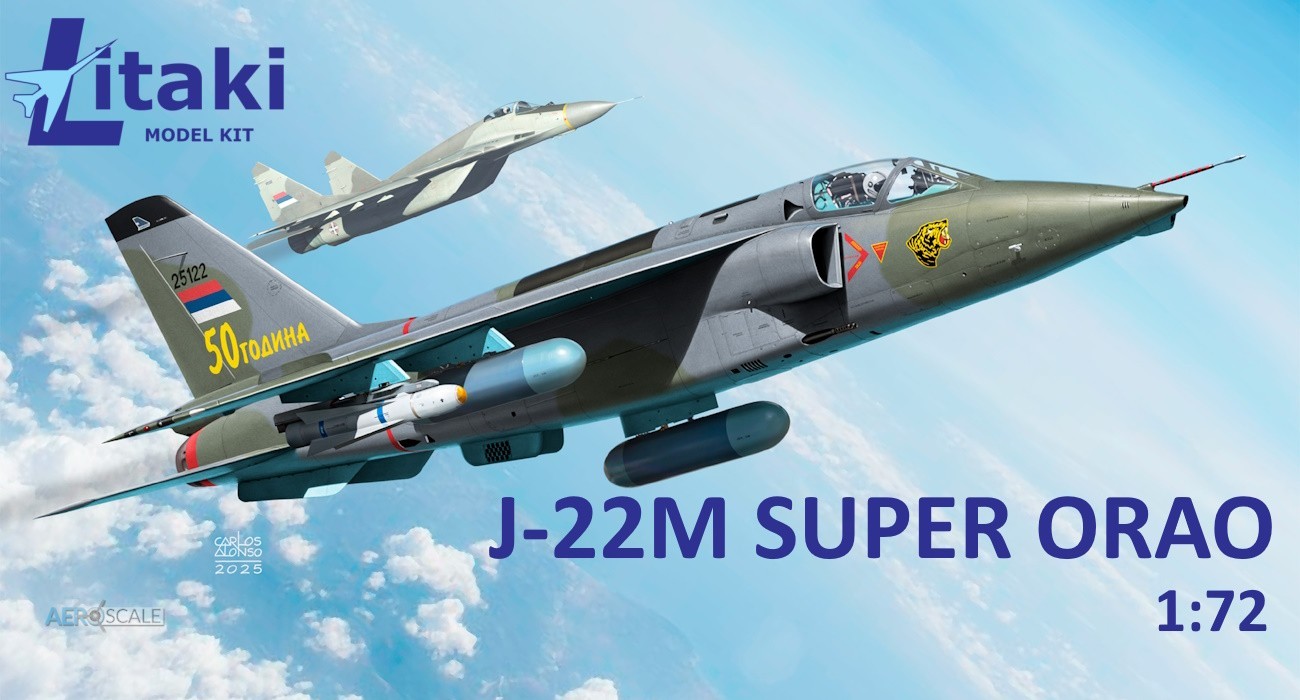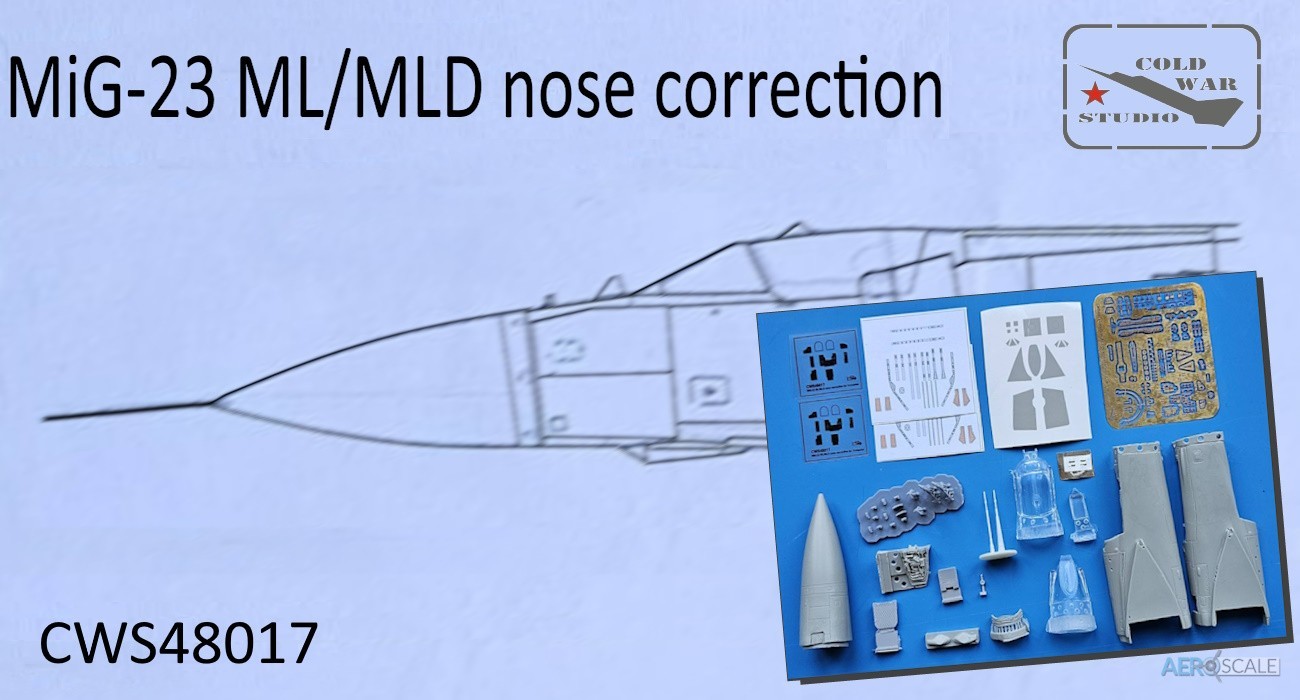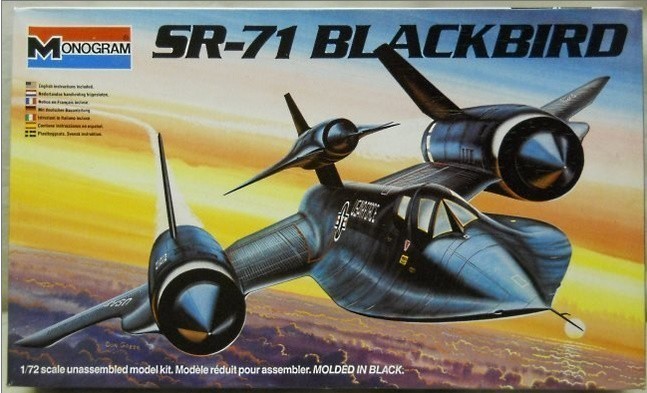
Introduction
First, this is not about Revell-Monogram. It's about Monogram. The reason that Revell had the first spot in "Revell-Monogram" is a weird story not covered here. But now, on to the real story.
A few years ago, I was lucky to make the acquaintance of Mr. Robert Johnson III, who was with Monogram Models from 1973 into the 1990s. He started as a junior draftsman and worked his way into the planning and decision-making realm. You can read a fuller bio of him in the feature :
Creating a Model: Concept to Finished Model, Part 1
"Bob" has shared some fascinating stories of the hobby history, including what happened to Aurora molds and tooling, industry finances, and other "peaks behind the curtain." Some of those stories have been posted and all are cool stories. The following is fun and incredible - specially the story of the D-21 recon vehicle. I will post that at a later date.
Brighten up your screen and enjoy his recounting of Monogram and their later kits, especially their SR-71.
5800 - Series Aircraft kits and the SR-71, by R. A. Johnson III
During 1974, the mere idea of creating a 1/48th scale Boeing B-17G "Flying Fortress" was looked upon as a risky venture. Monogram in the early 1970's was emerging from the days of "Snoopy" kits and very few true "model kits" of historic subjects. Aside from the 1/72nd B-52D "Stratofortress" that debuted as PA-215 in 1968, this was the first large-scale aircraft in years and the very first in 1/48th scale. The kit was numbered "5600" and following it's release in 1975, it became an enduring legacy to fellows like George Baskys who was lead designer, Mario Falconi who drew numerous parts, Joe Sojka who carved the fuselage, wings, and horizontal stabilizers.. and even me who drew "small parts" like the ball turret, top turret, and cockpit parts.. plus the simplified bomb trailer. The suggested retail price of $10.00 in 1976 seemed very high for a plastic kit and using 50% /10% discounting, Monogram sold that kit to the hobby trade for $4.50. It hardly seems possible today. The smaller scale 5400-series was the venue for new kits of the MiG-15, North American F-86F, Lockheed P-80.. all in 1/48th scale.. and the Fairchild-Republic A-10 "Thunderbolt II".... the name "Warthog" was still in the future..
The Monogram product line needed a new size and numbering system that would provide a "footprint" for the 1950's/ 1960's large "Century Series" jets.. and some large 1/72nd scale aircraft such as the Lockheed SR-71 "Blackbird". It was decided that a suggested retail price of $8.00 would yield a price to wholesale distributors of $3.60 and the F-4C/D "Phantom II" was the first "5800-series" kit released in 1979 with the help and guidance of the Public Affairs Group at McDonnell Aircraft in St. Louis.
I had an idea to develop a very accurate 1/72nd SR-71, but, obtaining access to Lockheed dimensional data seemed like a case of "slim and none". Revell had released a kit that was "fairly accurate" in 1968, but, it was the result of Bob Archer, Lloyd Jones, and perhaps others gathering photos for reference. Over the years, beginning with seeking dimensional data on the P-80, I was able to establish contacts at Lockheed in California. The most knowledgable was Bob Ferguson who managed the Lockheed photographic files and was a member of AAHS (American Aviation Historical Society). When I discussed the possibility of accessing SR-71 data, Bob advised me that the Revell kit was really a "thorn in the side of Kelly Johnson" who really disliked the inaccuracies in the model. It was his suggestion to contact Ben Rich at the "Skunk Works" in Palmdale. Rich had succeeded Kelly Johnson when he retired in 1975.
I was aware that the Revell kits of the A-12 and SR-71 had sold quite well, but, I learned that they were not very accurate in shape and details. In fact, the shapes and sizes were scaled from overall photos of an aircraft stationary on a flightline surface at either Palmdale or Edwards AFB. There were large square concrete sections in front of the hangars and those length and width dimension were "known numbers".
During the process of accessing detailed dimensional drawings and Tech data for the Lockheed F-104C and F-104G, I had a trip planned to work with Ferguson and obtain photocopies of the USAF T.O. F-104C-2 Erection and Maintenance Manual. Fellows in the Engineering Department really had no idea that these standard USAF Tech Orders existed or contained the level of accurate and detailed data of the external surfaces, cockpit, and areas like Landing Gear that they did. Our class at AMOC (Aircraft Maintenance Officer's Course) had an entire study "block" about T.O's. and the data that they contained. There was always detailed dimensional, panel location, and usually stenciling and marking data in the first section of the -2 T.O. for a specific aircraft.
During 1976 prior to making an appointment to meet with Bob Ferguson, I wrote a letter to Ben Rich explaining what we wished to create; a detailed 1/72nd scale model kit and the data that I hoped that we could obtain with his approval. I also noted that I had been assigned in the Strategic Air Command and retained a "Top Secret" clearance. It was understandable that for a man with his high level of program responsibility of highly classified projects, he had little time for a letter from a person at a model company. I expected a response from an assistant or his personal secretary ("administrative assistant" these days.....). It was quite a surprise to receive a response rather quickly with advice to make an appointment to meet with him after meeting with Bob Ferguson.
The purpose of my meeting with Ferguson understanding the technical differences between the "C" model with the short vertical stabilizer and the export "G" model with a longer chord vertical stabilizer. The "C" was perfect for USAF variants and the later "G" opened up Netherlands, Belgian. Luftwaffe, and Italian color schemes for export. In addition, it was possible to market the "G" in USAF markings as the training aircraft based at Luke AFB in Arizona were actually West German Luftwaffe aircraft. It was a "good fit" that provided distinct kit versions for domestic and export purposes..
Upon entering the "Skunk Works", I was attracted to a series of numbers over the reception desk... I had no idea what those four numbers meant and asked the receptionist. She smiled and told me that they represented the number of surface-to-air missiles launched at high-flying SR-71's over Soviet territory...and it changed often!
The meeting with Ben Rich was fascinating... he had studied the sample aircraft kits that I had sent in advance and inquired as to how we would handle Lockheed technical data in a secure manner. My response followed the lines that we used in SAC... data secure when not in use... any outside increase or decrease in the size of drawings done by a trusted source... data use limited to Engineering Department and Model Shop. He agreed to all.. wanted a list of sizes we would work to since Lockheed would supply the drawing data in the scales we would work in.. 1/72nd and 1/36th.. or 2X 1/72nd. He offered to supply us with any photos from Lockheed files that we needed and that was how we able to create the cockpit accurately. He wanted to know how we had photos of the D-21 recon vehicle, so I told him the story about finding them at MASDC. He actually was quite amused, but, added that when the data borrowed from Lockheed "Advanced Development Projects" that I would also include the 35mm negatives that I shot inside MASDC (Military Aircraft Storage and Disposition Center). I agreed to his parameters.. and so, the Monogram 1/72nd scale SR-71 model kit became the ONLY model kit of that aircraft actually developed from Factory Lockheed data!!
When the kit debuted, the D-21 was included and a maintenance stand was provided mostly because that air vehicle was never carried by an SR-71... It was unique and remains as part of this kit. Some "experts" claim that the 1/144th Academy SR-71 is more accurate than the Monogram kit... During my trip to Korea in 2009 and meeting with the Founder of Academy Plastic Models, S.H. Kim, he advised that he had been a "fan" of the Lockheed SR-71 and Monogram Models for many years. He admitted that the 1/144th Academy SR-71 was a scaled reduction of the Monogram plastic parts pantographed down in size by 50%.
So much for the "experts"!!
RAJ3 / 4/18/2020



















